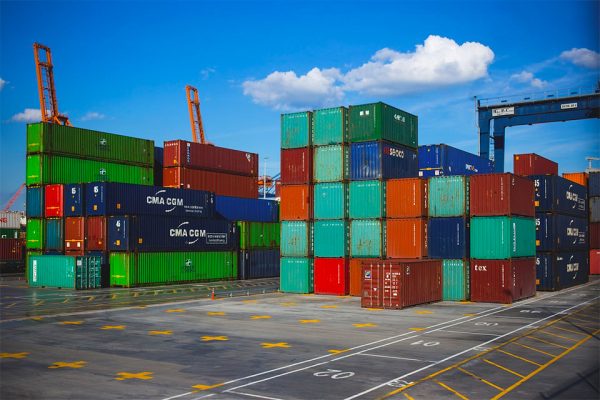
Today, businesses across industries are understanding the importance of leveraging data analytics for strategic decision-making. Particularly in third-party logistics (3PL) warehouse services, data analytics can serve as a critical tool to enhance efficiency, improve customer satisfaction, and streamline operations. This article will delve into how 3PL warehouse services can harness the power of data analytics for better decision-making.
Understanding the Role of Data Analytics in 3PL Warehouse Services
Before diving into the specifics, it’s crucial to understand the pivotal role that data analytics plays in the realm of 3PL warehouse services. Data analytics involves analyzing raw data to extract valuable insights, identify patterns, and make informed decisions.
In 3PL warehouse services, data analytics can be used to:
- Optimize inventory management: By analyzing data related to inventory levels, sales trends, and historical demand, 3PL services can optimize inventory management, reducing stockouts and overstocks.
- Enhance supply chain visibility: Data analytics can provide real-time visibility into the supply chain, tracking goods from the point of origin to the customer’s doorstep.
- Improve operational efficiency: By analyzing data related to warehouse operations, 3PL services can identify bottlenecks, streamline processes, and enhance overall operational efficiency.
The Process of Leveraging Data Analytics in 3PL Warehouse Services
Here’s a step-by-step guide on how 3PL warehouse services can leverage data analytics:
Step 1: Data Collection
The first step involves collecting data from various sources. This could include data from warehouse management systems (WMS), transportation management systems (TMS), enterprise resource planning (ERP) systems, and other relevant sources.
Step 2: Data Cleaning
Next, the collected data needs to be cleaned and processed to remove errors, duplicates, and inconsistencies. This step ensures that the data used for analysis is accurate and reliable.
Step 3: Data Analysis
Once the data is cleaned, it’s time for analysis. Here, various analytical tools and techniques are used to identify patterns, trends, and correlations.
Step 4: Insight Generation
From the results of the data analysis, valuable insights are extracted. These insights can then inform strategic decision-making in various areas of the 3PL warehouse services.
Step 5: Decision Implementation
Finally, the insights derived from the data are used to inform decisions. This could involve adjusting inventory levels, re-routing shipments, reorganizing warehouse layouts, or any number of other strategic actions.
Case Study: The Impact of Data Analytics on 3PL Warehouse Services
To illustrate the power of data analytics, let’s consider a hypothetical case study:
A 3PL warehouse services provider was struggling with a high rate of late shipments, leading to dissatisfied customers and lost business. By leveraging data analytics, they identified that the problem was due to inefficient picking routes within the warehouse.
They implemented a data-driven warehouse layout optimization strategy, which significantly reduced the picking time. As a result, the rate of late shipments dropped, customer satisfaction increased, and the company was able to retain and attract more business.
The Future of Data Analytics in 3PL Warehouse Services
Looking ahead, data analytics will continue to play a critical role in 3PL warehouse services. As technology advances, 3PL providers will have access to even more data sources and more sophisticated analytical tools.
Some future trends to watch out for include:
- Predictive Analytics: This involves using data to forecast future outcomes. In the context of 3PL warehouse services, this could mean predicting future demand to prevent stockouts and overstocks.
- Artificial Intelligence (AI) and Machine Learning (ML): AI and ML technologies can analyze large volumes of data much more quickly and accurately than humans, uncovering insights that might otherwise be overlooked.
- Real-Time Analytics: As technology improves, 3PL warehouse services will increasingly be able to analyze data in real-time, enabling instant decision-making and greater responsiveness.
Conclusion
Data analytics offers vast potential for enhancing decision-making in 3PL warehouse services. By harnessing this power, 3PL providers can gain a significant competitive edge, delivering better service to their customers and operating more efficiently and profitably.
SUBSCRIBE FOR MORE! HERE’S WHY:
1. You get 7 free books
2. You get the best money & productivity articles
3. You get the latest updates – all in one email per week
You have Successfully Subscribed!
